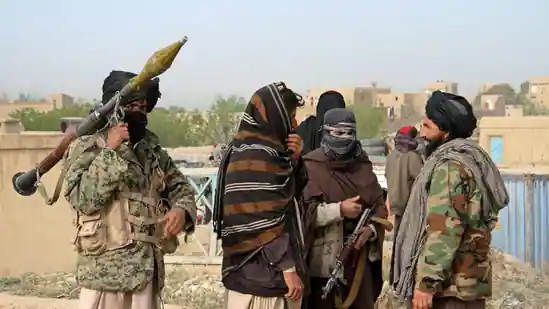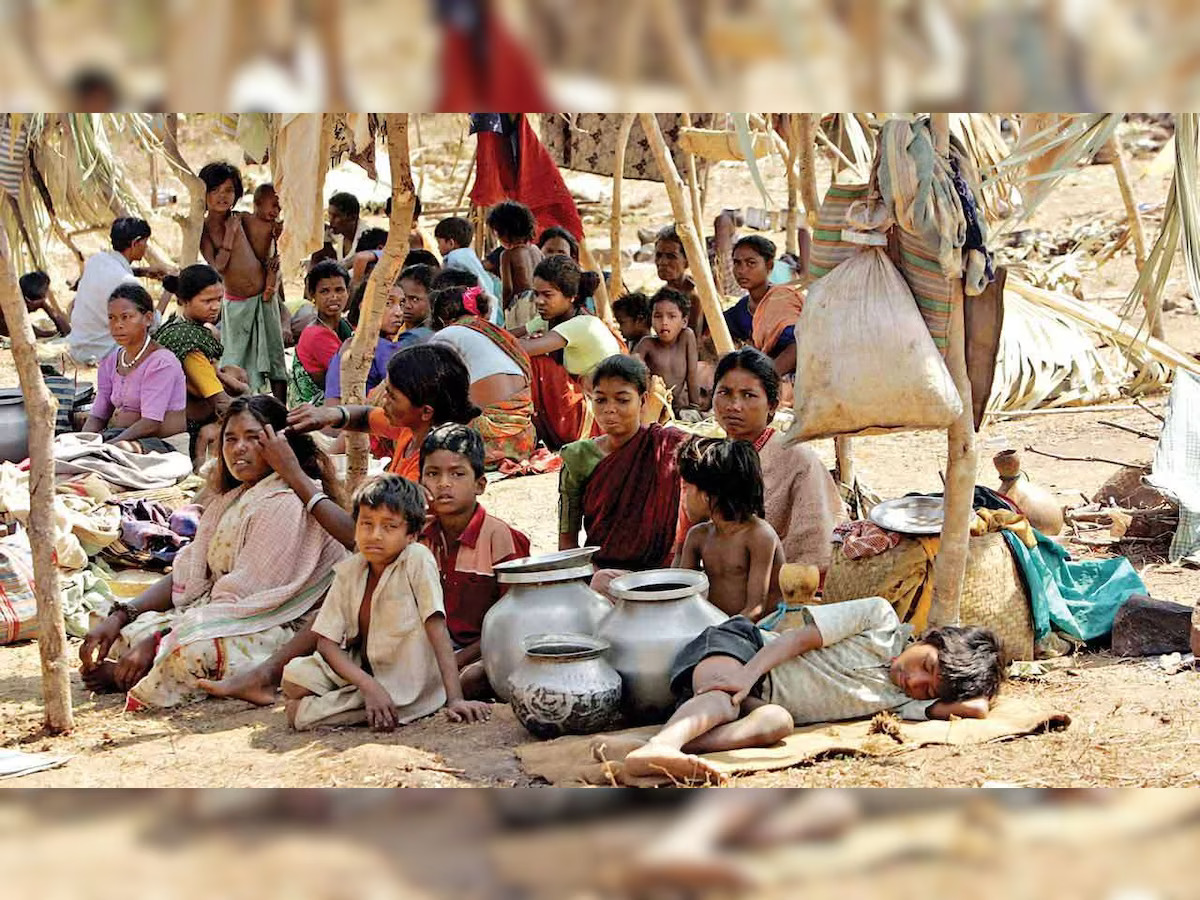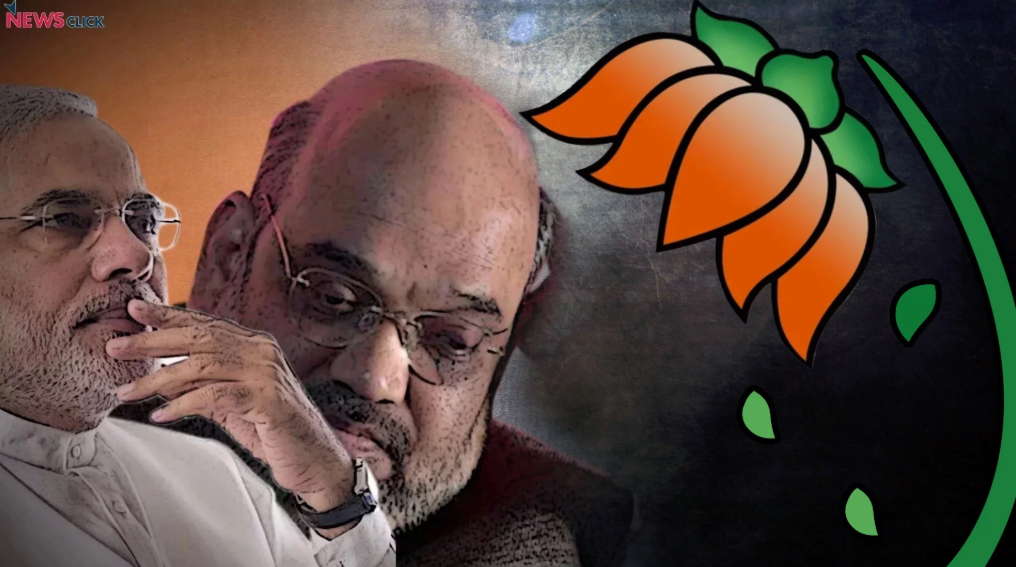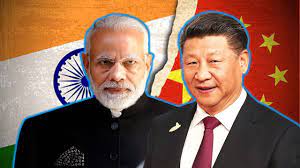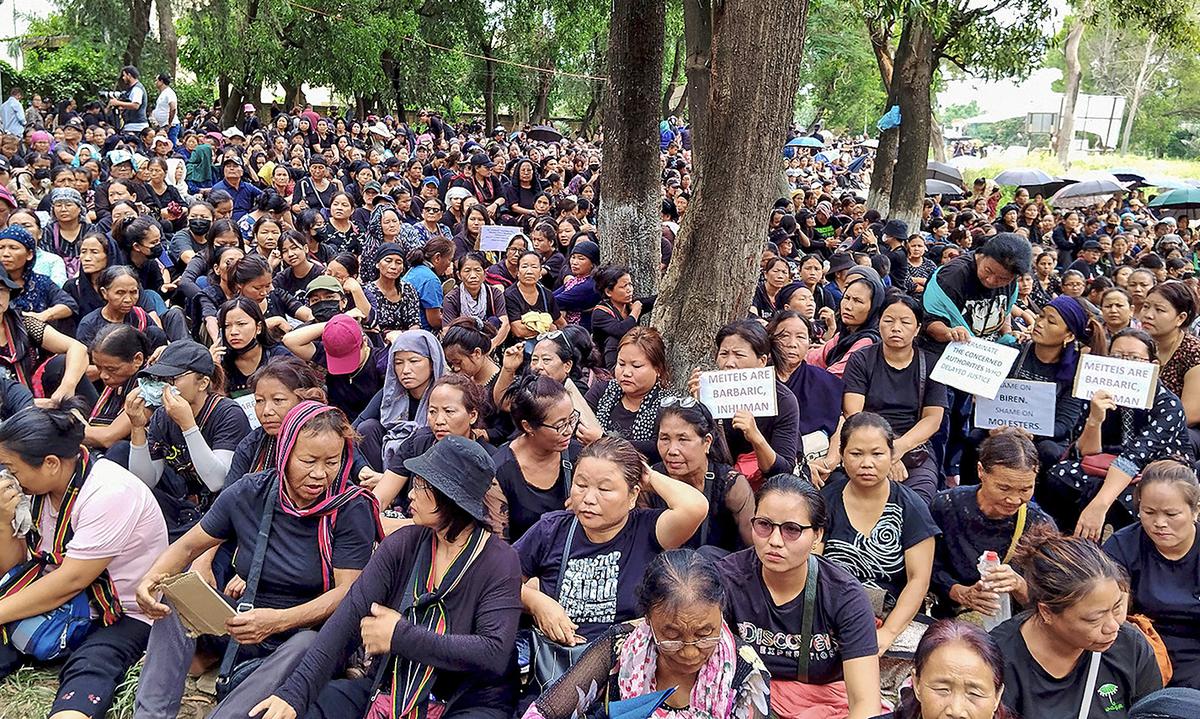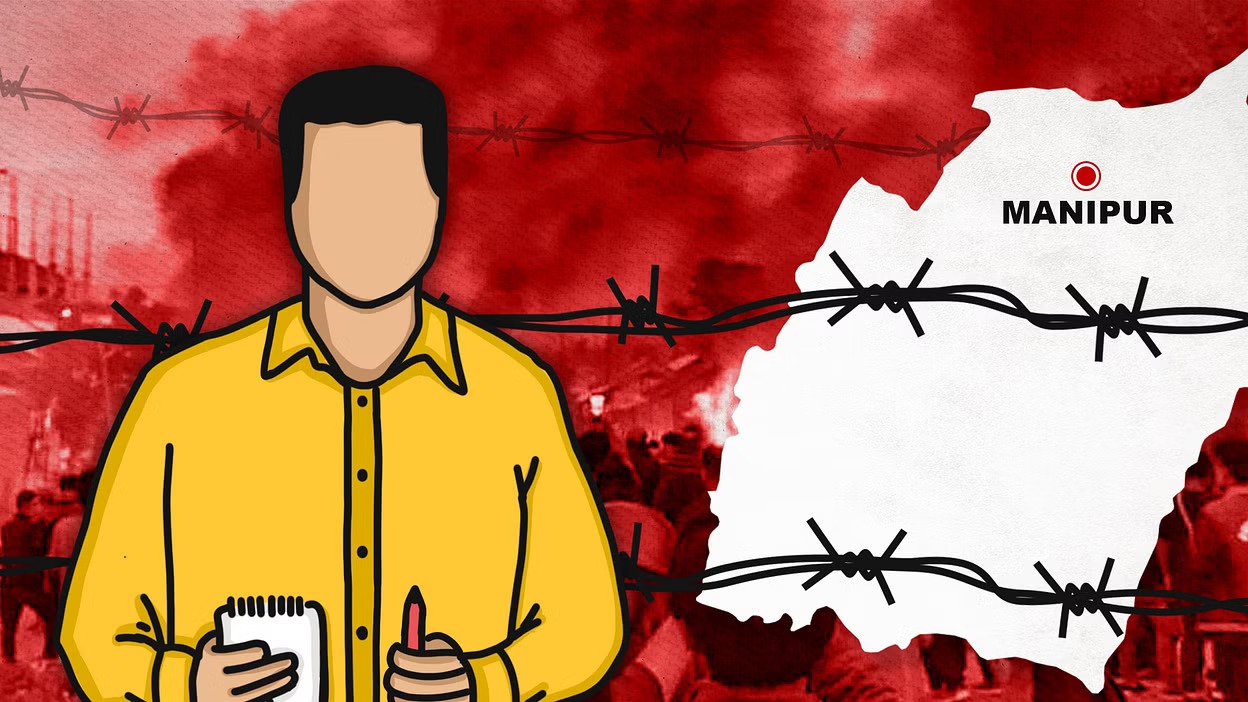Pakistan has been struggling in recent years to deal with the growing danger posed by the Tehrik-i-Taliban Pakistan (TTP). A terrorist group known to have carried out a number of violent assaults inside the nation that were directed against citizens, security personnel, and governmental institutions. In-depth analysis of the rising number of TTP assaults against Pakistan is provided in this essay, along with insights into their causes, effects, and potential solutions.
The TTP has shown itself resilient and adaptable in the face of substantial military operations and crackdowns by the Pakistani government. The organisation has witnessed a rebound recently after seeing a downturn in its activity in the late 2010s. The TTP has been consolidating its strength by reorganising its ranks, gathering in isolated tribal regions, and forming partnerships with other terrorist groups.
Security officers, religious minorities, politicians, and common people have all been victims of the TTP. Their attacks have resulted in severe loss of life and destruction of property, leaving the public in dread and uncertainty. Suicide bombers, armed raids, and targeted killings are some of the group’s tactics. The assaults have had an effect on Pakistan’s economy and social structure, in addition to taking a human toll. They have impeded foreign investment, interfered with daily life, and made it difficult for the government to uphold stability and promote economic progress.
Since the Taliban retook power in Afghanistan, there have been a consistent number of terrorist incidents inside Pakistan. Attacks have been growing not just in quantity but also in strength and geographic scope. The number of assaults has nearly doubled in the first half of this year. A new normal has emerged in which ambushes, targeted assassinations, suicide bombs, IED explosions, sniper assaults, and, of course, fidayeen attacks like the recent storming of the Zhob Cantt have emerged. Everything Pakistan thought it knew about the Taliban’s chances of winning in Afghanistan has been proven wrong. The generals and Pakistani officials, who so ardently supported the Taliban and were ecstatic about their win, are currently at a loss for how to respond to the recent wave of strikes emanating from Afghanistan.
It is obvious from their public statements that the Pakistani government is losing tolerance for the Taliban. The Pakistani generals delivered an extremely severe warning to the Afghans following the Zhob offensive. Pakistan’s defence minister has also been on the offensive. But the Taliban don’t seem to be impressed by a lot of the anger and fury emanating from Pakistan. Consternation inside Pakistan is only increased by the response to remarks made there. For instance, Sohail Shaheen, a prominent Taliban spokesman, refused to recognise the Durand Line as a border and said it was only a line.
Another spokesperson, Zabiullah Mujahid, hinted that Islamabad was exempt from the guarantees in the Doha deal by stating that the accords were struck with the US and not with Pakistan. Ironically, Pakistanis have always claimed to be the ones who conceived the Doha Agreement. Provocative remarks have also been made by other Taliban commanders and members, sometimes insulting Pakistan, other times confronting it, and still other times threatening it. Even though many of these assertions are unofficial, they are leading to practical actions on the ground. The evidence for this is the increase in attacks as well as the widening attack area.
Attacks by Tehrik-e-Taliban Pakistan (TTP) increased in the Khyber Pakhtunkhwa province’s tribal regions in the initial months following the Taliban takeover of Kabul. These were soon extended throughout the province’s southern districts. Attacks began in the Peshawar valley and the Malakand division (the Swat area) after a few more months. Several assaults were also recorded in Sindh and Punjab, Pakistan’s cis-Indus provinces. But the troubled province of Balochistan is now a significant new area of action. The Pashtun area of northern Balochistan served as the focal point of early TTP activities. However, there are more instances of assaults even in the regions of the province (central and south Balochistan), where the Baloch people are the majority.
Additionally, there are also signs that some Baloch independence fighters have formed tactical partnerships with the Pakistani Taliban in order to combat the Pakistan Army. From the viewpoint of Pakistan, there may be some justification for the Afghan Taliban’s refusal to cut connections with the Pakistani Taliban, deport them, or render them useless. However, it is extremely puzzling why the Afghan Taliban are refusing to take action against some of the Baloch rebels who are stationed there. After all, the Baloch do not share the Taliban’s ethnicity, philosophy, or religion, unlike the Pakistani Taliban.
The confusion and lack of agreement on how to address the obvious and immediate threat that the TTP and their affiliates, allies, and partners represent is what is causing unease in Pakistan. In the meantime, the TTP is strengthening and extending its organisational structure, striking capabilities, and geographic reach. Furthermore, it is able to steer the narrative and spread its ominous message thanks to a propaganda machine that is operating rather well. The TTP has demonstrated that it is incredibly skilled at playing the game of deceit and creating uncertainty among its rivals in the Pakistani establishment.
The TTP has established organisations like the Tehrik-e-Jihad Pakistan (TJP), much like Pakistan did in Jammu and Kashmir, where it established shady fronts like The Resistance Force or the People’s Anti-Fascist Front. The TJP has made claims for some of the most significant terrorist assaults in recent months, which enables the TTP and its Afghan mother group to maintain a believable denial. Other organisations, such as the one commanded by the once ‘good Taliban’ Hafiz Gul Bahadur, have carried out a number of attacks against their former allies in the Pakistan Army. Despite not being a part of the TTP, Gul Bahadur is reported to be collaborating with it.
On the other side, the Pakistani government is still undecided on how to deal with the TTP—jaw-jawing or fighting. After the Zhob incident, they dispatched their special envoy to speak with the Taliban. However, the visit hasn’t yielded any fruitful results. The actual issue is Pakistan’s inability to determine whether the Taliban are allies or enemies, strategic assets or liabilities. The Taliban’s double talk and double game cannot be tolerated, but neither can they be allowed to continue. The Taliban, for their part, have little faith in Pakistanis, and much less so in Pakistan’s ruling Punjabis. The Taliban seek to exert influence over Pakistan because they have been the victims of Pakistani duplicity and have witnessed how they have abandoned their supposed allies, the US, and the rest of the West. To guarantee that the Pakistanis never take them for granted or abandon them like they did after 9/11, the TTP and the other Islamists are their best and most effective leverage. The TTP is nothing more than the Pakistani branch of the same ideological Taliban organisation and, in terms of military might, a phalanx of the Taliban.
The issue with using organisations like the TTP as leverage is that they are always changing. Leverages must be used actively in order to be successful. In other words, it is a dynamic process and, as such, will either expand or decrease, the former indicating it will continue to metastasize, the latter indicating leverage is lost. Pakistan will need to utilise kinetic force in order to deny the Taliban this advantage, but this is easier said than done since it has far-reaching effects, many of which are unexpected and unanticipated. Although it is thought that Pakistan has conducted certain operations within Afghanistan, including the deployment of drones, airstrikes, and even the deaths of TTP commanders, they haven’t been sufficient to halt the TTP’s operations. The TTP operations, on the other hand, have gotten a little better.
The Pakistanis are threatening to expand the conflict into Afghanistan once more in the wake of the Zhob attack. Of course, the Taliban have cautioned Pakistanis against any adventurism, but they would like to avoid a direct conflict with Pakistan. Like they did with the Americans, the Taliban will bide their time. They will haemorrhage Pakistan to resolve their differences and bleed it dry until it is ready to be plucked. The Pakistanis may be aware of their predicament. They are unable to conduct open assaults within Afghanitan due to the danger of being drawn into the Afghan vortex.
Pakistan cannot continue to suffer from bleeding. Giving up to the Taliban would mean giving them more territory and eroding the Pakistani state even further. A weak, bankrupt, dysfunctional, divided, and polarised Pakistan is undoubtedly in no position to take on the Taliban at a time when forces bigger, stronger, and richer could not afford to become involved in Afghanistan.
A thorough and ongoing effort is needed to combat the serious security threat posed by the TTP’s increasing strikes against Pakistan. To address the underlying reasons for militancy, break up terrorist networks, and stop the TTP from doing more harm to the country, the Pakistani government, security forces, and society must cooperate. In order to effectively fight the danger presented by the TTP and maintain regional stability, collaboration and assistance from the international community are also essential.
Similar to how India must prepare for what can be considered an “endless war” with Pakistan on its western front, Pakistan must prepare for an “endless war” with Afghanistan on its western front. This is something that Pakistanis themselves have caused by engaging in trickery, lying, and underhandedness. However, the entire area will suffer greatly from the consequences of their reckless adventurism, not just the Pakistanis.
